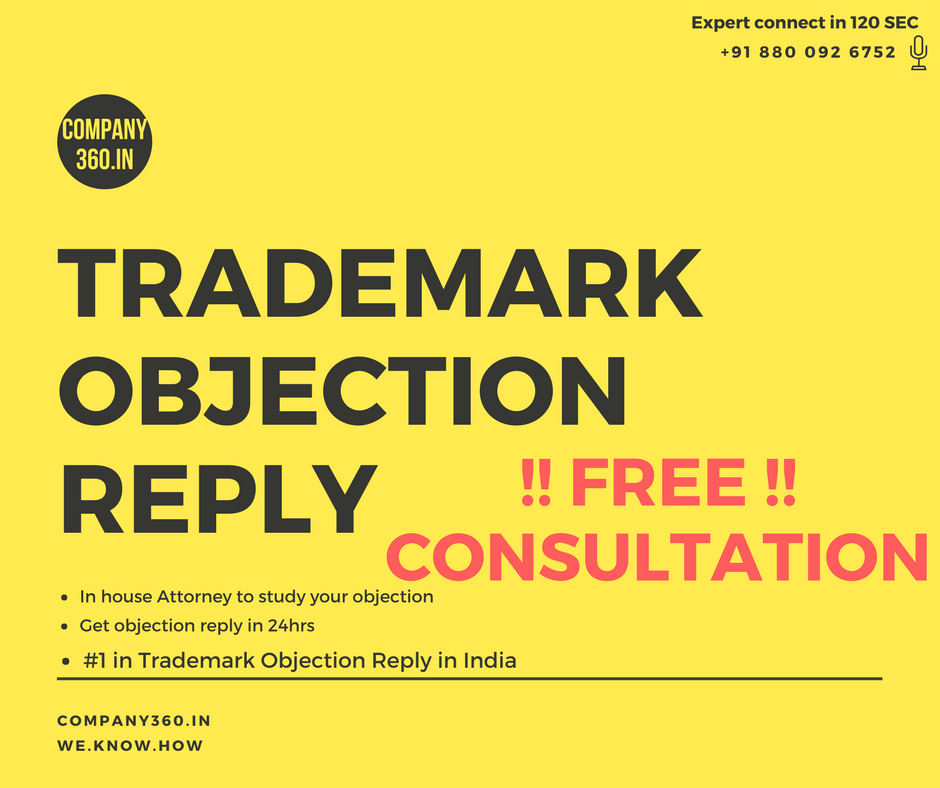
Patent Renewal in India – How to keep your patent valid for 20years / How to restore lapsed patent
The Indian Patent Act requires patent holders to pay a renewal or maintenance fee to keep their patents in effect for the full period of time. After the grant of the patent, each patent holder will retain the patent by paying the renewal fee each year as set out in Schedule I. There is no annual charge for the first two years. The renewal fee is due from the third year onwards. In the case that the renewal fee is not charged, the patent shall be terminated. The patentee shall have the option of paying the renewal fee per year or may also pay the lump sum. Unlike other countries, patents in India are issued for a term of 20 years from the date of filing of the application and for an international filing date in the case of a national process application of the Patent Cooperation Treaty (PCT). The first renewal fee is payable before the end of the second year of the patent, which is essentially the beginning of the third year of the patent. Subsequently, the renewal fee shall be paid before the expiry of the preceding year of the patent. For example, the renewal fee for the 7th year will be due before the expiry of the 6th year of the patent. There is no separate form required for the renewal of the patent. The patentee can pay the renewal fee directly by making a request to the patent controller. No fee is payable on additional patents unless the original patent is revoked and the patent of addition is converted into an independent patent; the renewal fee is payable for the remainder of the term of the main patent.
Table of Contents
TogglePatent Renewal Process in India
Once a patent registration is issued for an invention in India, the next crucial step is to ensure that it is renewed on a frequent and continuous basis. (Article 53, Section 80 of the Indian Patent Act). This can be done by paying patent renewal fees diligently over the lifetime of the patent, i.e. 20 years. Payment of the renewal fees shall be made to the Indian Patent Office before the end of the year in question. For example, the renewal fee for the fifth year must be paid by the end of the fourth year from the date of the patent. The renewal fee shall be due at the end of the second year from the date of the patent and each year thereafter. The patentee can also pay an advance renewal fee of 2 years or more pursuant to the Indian Patents Act. In order to pay the renewal fee, the patentee must cite the applicable patent number, the date of the patent and the year in respect of which the renewal fee is charged in order to make a request for the renewal of the contract. In the case of an additional patent, no renewal fee is required and the payment schedule for the fee remains the same as for the main patent. Nevertheless, in the event that the patent of addition is an individual patent, the requirements for an individual usual patent shall be followed. Given that the required penalty fee is charged by the patentee for renewal, an extension of up to 6 months is issued. Unless the renewal fee is not charged within the time limit, the patent shall cease to exist and shall be passed to the public domain. Another significant factor to be borne in mind is that if the patent is issued more than 2 years after the date of filing of the application, the payment of the outstanding fee must be made within 3 months from the date of grant of the patent as shown in the patent register. The purpose of the entire cycle of patent renewal in India is that the renewal fees should be charged before the beginning of each year. However, this period can be extended by 6 months by applying for an extension of time along with the required penalty fees.
Restoration of lapsed patent
The restoration of the patent lapsed is a relatively complex, time-consuming and costly process . In order to re-establish the patent, the holder must submit the form 15 within 18 months from the date on which the patent expires. A one-month extension may be sought under the Patent Act, which is the discretion of the controller. In addition to the form, the claimant must also give sufficient proof to show that the non-payment of the renewal fee was unintentional. Proof can be in the form of a letter, a copy of a document or an act of law. The details received by the patent holder is then reviewed by the controller who determines if the non-payment authority was legitimate or unintentional. However, any person concerned may object to the request for restoration by filing form 14 together with a fee within two months from the date of publication of the request for restoration. In such a case, both the patentee and the opponent shall have the opportunity to be heard before the controller decides the case. Claimants must note that the restoration of the patent lapsed is not a given possibility on filing of an application. This is necessary to consider the value of the timely payment of renewal fees, otherwise the solutions available are costly. The preservation of patent renewal timelines is important for the lifetime of patents in India. Daily payment of the renewal fee as provided for in the first schedule must be maintained in order to accomplish this objective.










